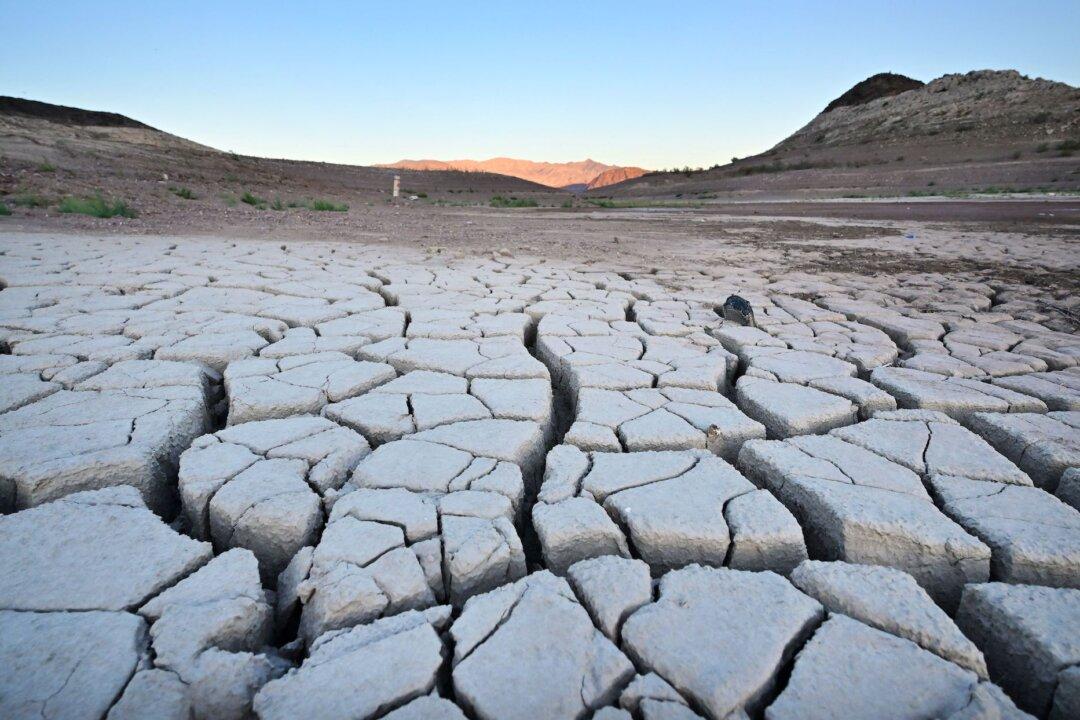Blocking sunlight from reaching the earth, creating rain, and altering a hurricane sound like the behaviors of a science fiction movie villain.
But this is exactly what the U.S. government has invested millions of dollars in for decades.

Blocking sunlight from reaching the earth, creating rain, and altering a hurricane sound like the behaviors of a science fiction movie villain.
But this is exactly what the U.S. government has invested millions of dollars in for decades.